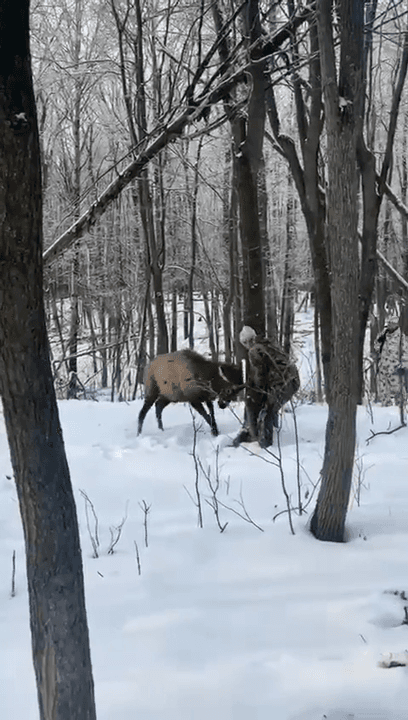
Sytong XM 03-50 LRF Review I recently had the opportunity to test the Sytong XM 03-50 LRF, and here's my honest assessment of this product. Firstly, the build quality of the scope is commendable. It feels robust and well-made, able to withstand rough handling in the field. The design is sleek and modern, which is a plus for those who appreciate aesthetics in their gear. The optics are impressive for the price point. The clarity and brightness of the image are noticeable, even in low-light conditions. The 50mm objective lens does a great job of gathering light, making it suitable for dawn and dusk hunting trips. However, I did find some distortion at the edges at full zoom, which may be a downside for some users. The integrated laser rangefinder (LRF) is a significant feature that adds value to the XM 03-50. It delivers accurate readings relatively quickly, which is essential for making precise shots. However, I experienced some occasional lag in the reading, especially at longer di
Post: 22 November 01:18











































